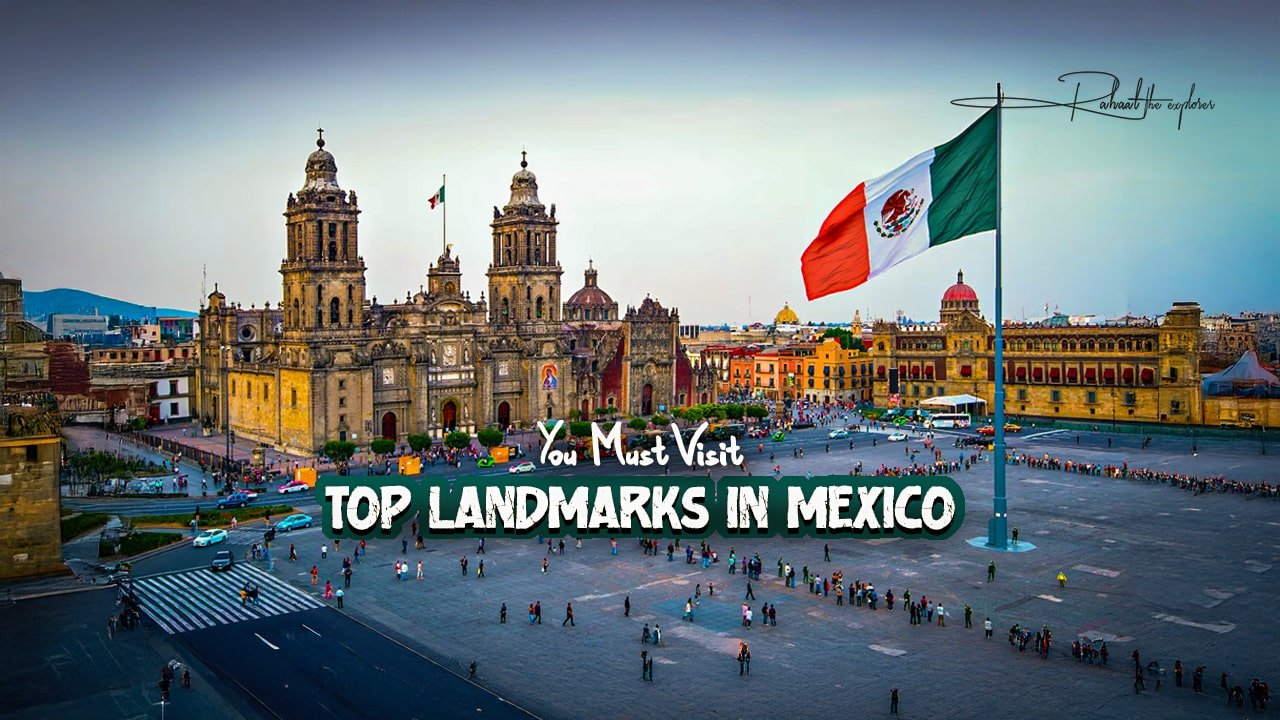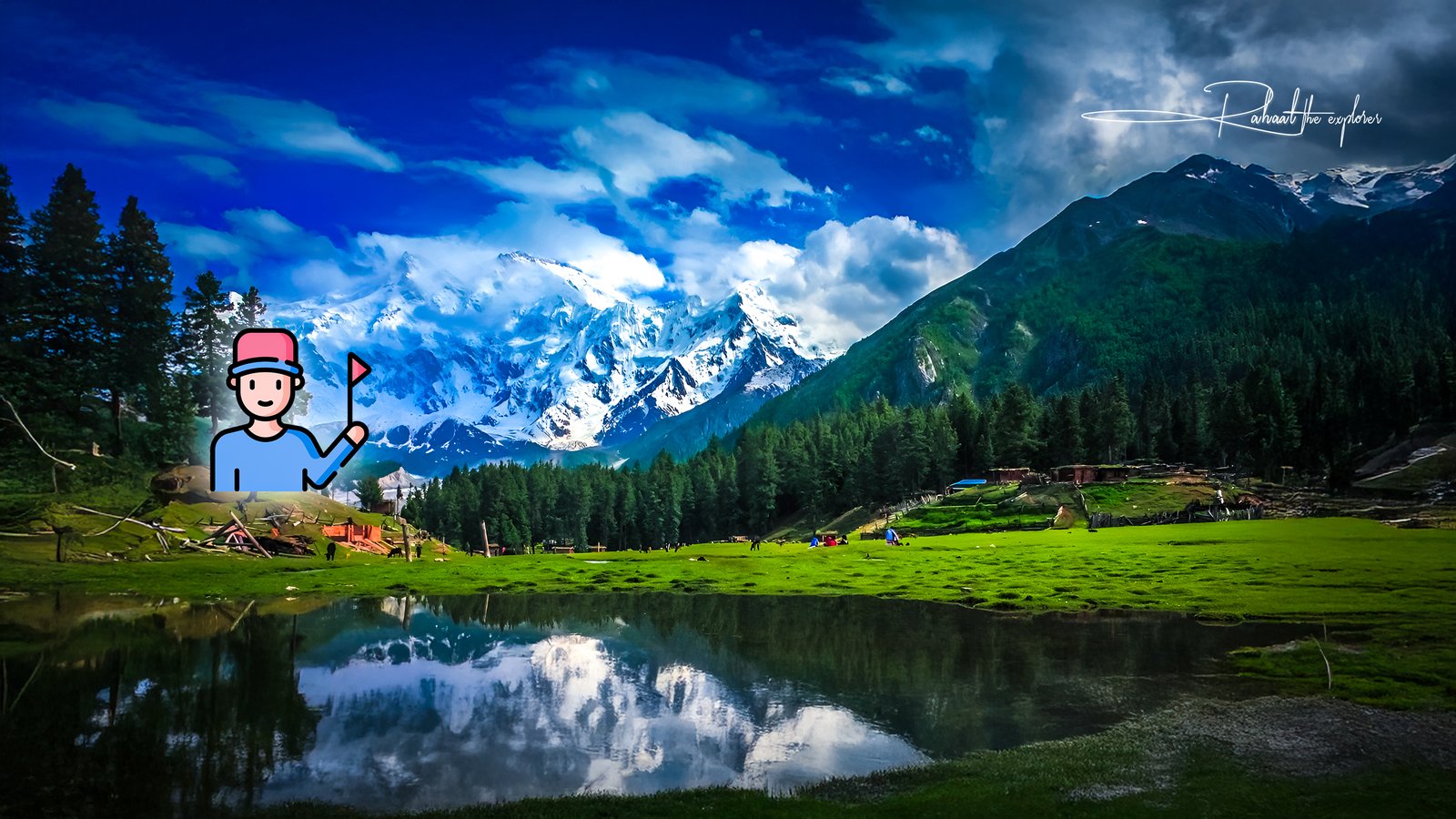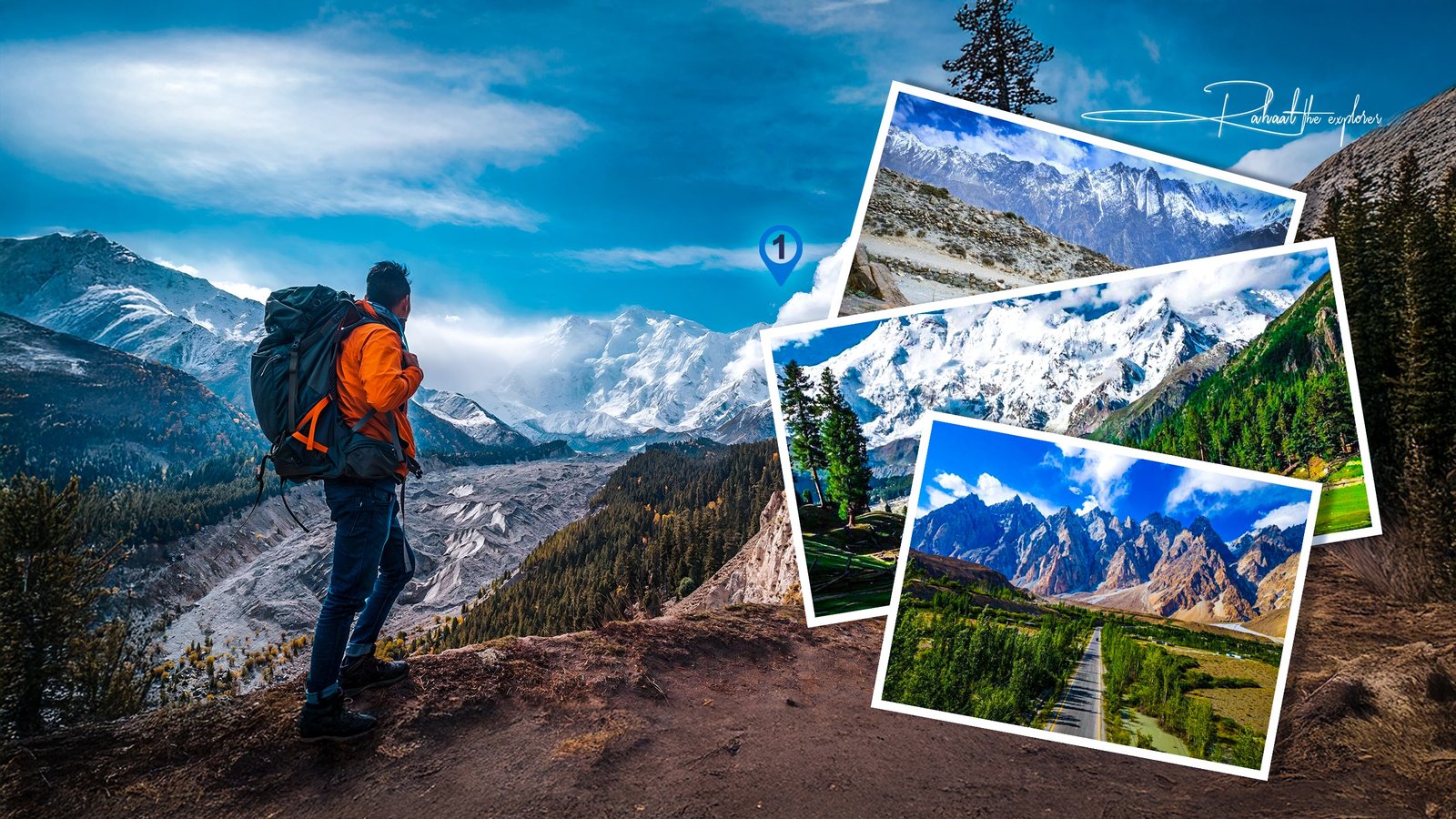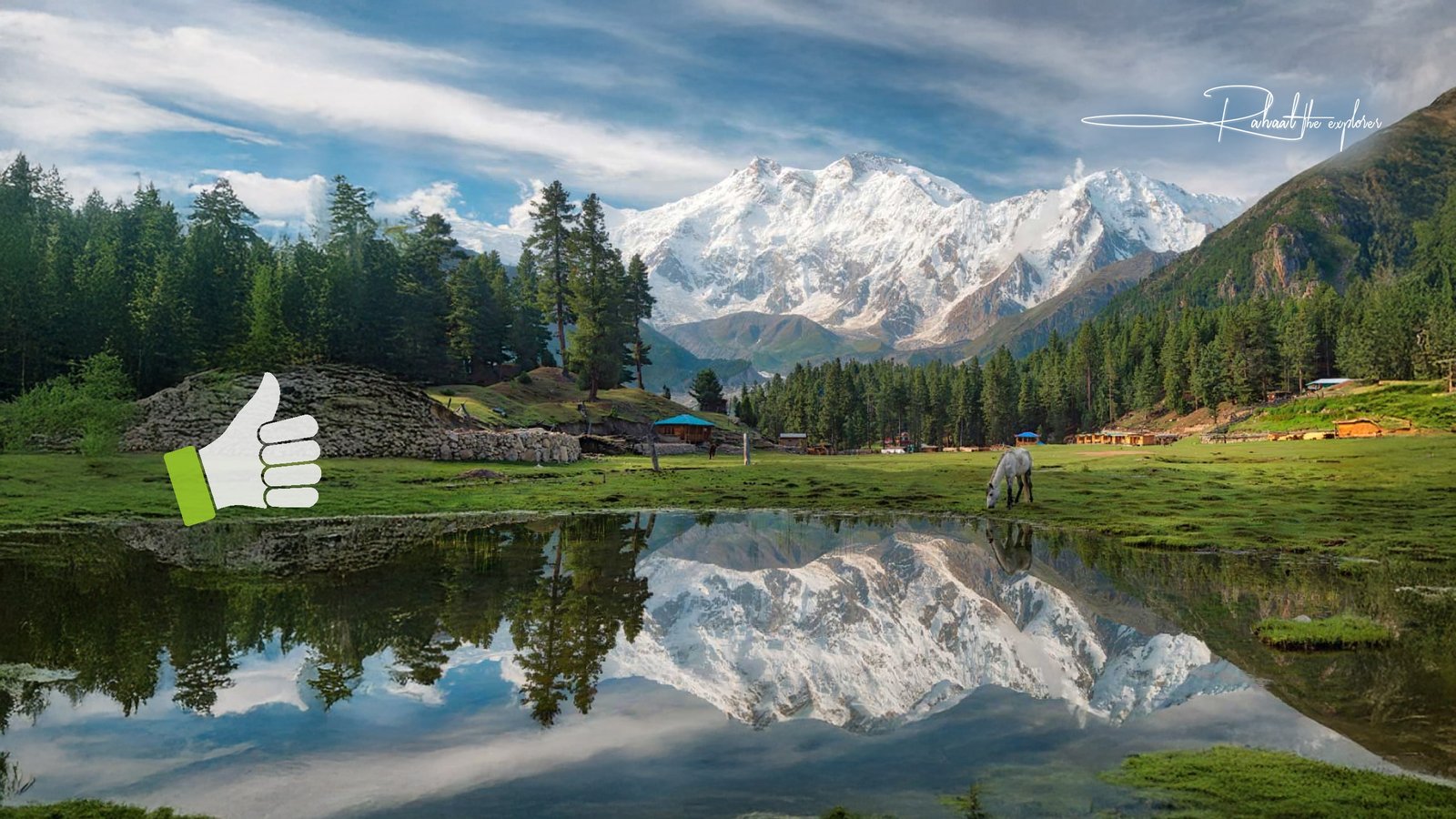Introduction
Mexico is a country where ancient civilizations, vibrant culture, and natural wonders meet. From the towering pyramids of Teotihuacán to the colonial charm of San Miguel de Allende, the landmarks in Mexico tell stories of history, resilience, and beauty. Whether you are drawn to archaeological ruins, UNESCO World Heritage sites, or breathtaking natural wonders, Mexico offers something for every traveler.
In this guide, we’ll explore the top landmarks in Mexico you must visit, why they’re significant, and practical travel tips to make the most of your journey.
1. Chichén Itzá – The Ancient Maya Wonder
Perhaps the most famous of all landmarks in Mexico, Chichén Itzá is one of the New Seven Wonders of the World.
- Highlights: The Temple of Kukulcán (El Castillo), the Great Ball Court, and the Temple of the Warriors.
- Location: Yucatán Peninsula.
- Best Time to Visit: Early morning to avoid crowds and heat.
Chichén Itzá was a thriving city of the Mayan civilization and is renowned for its astronomical precision. During the spring and autumn equinox, the shadow of a serpent appears to slither down the pyramid’s steps—an unforgettable spectacle.
2. Teotihuacán – City of the Gods
Located just outside Mexico City, Teotihuacán is another must-visit archaeological wonder.
- Highlights: The Pyramid of the Sun, the Pyramid of the Moon, and the Avenue of the Dead.
- Fun Fact: Once one of the largest cities in the world (100,000+ people at its peak).
- Tip: Wear comfortable shoes—climbing the pyramids is both challenging and rewarding.
3. Tulum Ruins – Where History Meets the Caribbean Sea
The Tulum ruins are unique because they overlook the turquoise waters of the Caribbean Sea.
- Highlights: The Temple of the Frescoes and El Castillo.
- Why Visit: It’s one of the most scenic landmarks in Mexico combining history with beachside beauty.
- Nearby Attraction: Tulum beaches are perfect for relaxing after exploring the ruins.
4. Palenque – A Jungle Treasure
Tucked away in Chiapas, Palenque is less crowded than Chichén Itzá but equally mesmerizing.
- Highlights: The Temple of Inscriptions, where the tomb of King Pakal was discovered.
- Surroundings: Lush jungle filled with wildlife and waterfalls.
- Best For: Travelers who love history with a touch of adventure.
5. Mexico City’s Historic Center (Centro Histórico)
The capital’s Centro Histórico is filled with architectural and cultural landmarks.
Key Sites:
- Zócalo (main square).
- Metropolitan Cathedral.
- Palacio de Bellas Artes.
Experience: Walking through these streets feels like stepping back in time.
6. Basilica of Our Lady of Guadalupe
This religious site in Mexico City is one of the most visited Catholic shrines in the world.
- Significance: Dedicated to the Virgin of Guadalupe, Mexico’s patron saint.
- Pilgrimage Site: Millions visit each year, especially on December 12.
- Why Visit: It’s a spiritual and cultural landmark that defines Mexican identity.
7. Monte Albán – Zapotec Civilization’s Capital
Located in Oaxaca, Monte Albán was once the political and cultural center of the Zapotec civilization.
- Highlights: Grand plazas, tombs, and pyramids.
- Views: Set atop a mountain ridge, it offers panoramic views of Oaxaca Valley.
- Tip: Combine your visit with exploring Oaxaca City’s culinary scene.
8. Copper Canyon – Mexico’s Natural Landmark
The Copper Canyon (Barranca del Cobre) in Chihuahua is even larger and deeper than the Grand Canyon.
- Why Visit: A network of six canyons offering hiking, horseback riding, and rail adventures.
- Top Experience: Riding the “El Chepe” train through the canyon.
- Adventure Level: Perfect for outdoor enthusiasts.
9. San Miguel de Allende – Colonial Charm
A UNESCO World Heritage Site, San Miguel de Allende is known for its colonial architecture, cobblestone streets, and art scene.
- Landmark Highlight: The pink Parroquia de San Miguel Arcángel church.
- Best For: Cultural travelers, art lovers, and couples.
- Tip: Visit during festivals for a vibrant experience.
10. The White Cliffs of Hierve el Agua
This natural wonder near Oaxaca looks like cascading waterfalls but is made of mineral deposits.
- Why Visit: Stunning natural pools perfect for swimming and photography.
- Unique Feature: One of only two petrified waterfalls in the world.
- Best Time: Early morning or sunset for the best light.
11. Uxmal – Architectural Brilliance
Another gem of the Yucatán Peninsula, Uxmal showcases the artistry of the Mayan civilization.
- Highlights: Pyramid of the Magician and the Nunnery Quadrangle.
- Distinct Style: Known for its ornate Puuc architectural style.
- Visitor Tip: Less crowded than Chichén Itzá, making it more relaxed.
12. Cancun Underwater Museum (MUSA)
A modern and creative landmark, MUSA is an underwater sculpture park.
- Experience: Snorkelers and divers can explore hundreds of submerged statues.
- Purpose: Combines art with marine conservation by encouraging coral growth.
- Why It’s Unique: Unlike any other museum in the world.
13. El Arco de Cabo San Lucas
At the southern tip of Baja California lies El Arco, a dramatic rock formation where the Pacific Ocean meets the Sea of Cortez.
- Activities: Boat tours, whale watching, and snorkeling nearby.
- Photography: A symbol of Cabo San Lucas.
- Best For: Beach lovers and ocean explorers.
14. Puebla’s Talavera Tiles and Historic Center
The city of Puebla is renowned for its colorful Talavera tiles and culinary delights.
- Landmark Highlight: Puebla Cathedral and Biblioteca Palafoxiana (one of the oldest libraries in the Americas).
- UNESCO Status: Puebla’s historic center is a World Heritage Site.
- Why Visit: Perfect blend of architecture, history, and food culture.
15. Isla Mujeres and the Caribbean Beauty
Just off the coast of Cancún, Isla Mujeres is a tropical paradise.
- Main Landmark: Punta Sur, with a sculpture garden and cliffside views.
- Activities: Snorkeling, kayaking, and relaxing on Playa Norte.
- Why Visit: Combines natural beauty with laid-back charm.
Travel Tips for Exploring Landmarks in Mexico
- Plan Ahead: Many landmarks are spread across the country, so consider domestic flights.
- Hire Local Guides: For deeper historical and cultural context.
- Visit Early: Beat the crowds and enjoy cooler weather at popular sites.
- Stay Hydrated: Especially important when exploring ruins in hot climates.
- Respect Sites: Many are sacred or protected heritage locations.
FAQs About Landmarks in Mexico
Q1: What are the most famous landmarks in Mexico?
Chichén Itzá, Teotihuacán, Palenque, and the Basilica of Our Lady of Guadalupe are among the most famous.
Q2: Which natural landmarks in Mexico should I visit?
Copper Canyon, Hierve el Agua, and El Arco de Cabo San Lucas are must-see natural wonders.
Q3: Are Mexico’s landmarks safe to visit?
Yes, most tourist areas are safe when following standard travel precautions. Always research specific destinations beforehand.
Q4: How many UNESCO World Heritage Sites are in Mexico?
Mexico has over 30 UNESCO World Heritage Sites, many of which are cultural landmarks.
Q5: What is the best time of year to visit Mexico’s landmarks?
The dry season (November to April) offers the most comfortable weather for sightseeing.
Conclusion
The landmarks in Mexico are as diverse as the country itself—ranging from ancient Mayan pyramids to modern underwater museums, and from grand colonial cathedrals to breathtaking canyons. Each landmark offers a window into Mexico’s history, culture, and natural beauty.
Whether you’re a history buff, adventure seeker, or cultural traveler, Mexico’s landmarks promise unforgettable experiences. Add these sites to your travel bucket list, and you’ll discover why Mexico continues to captivate travelers worldwide.



















